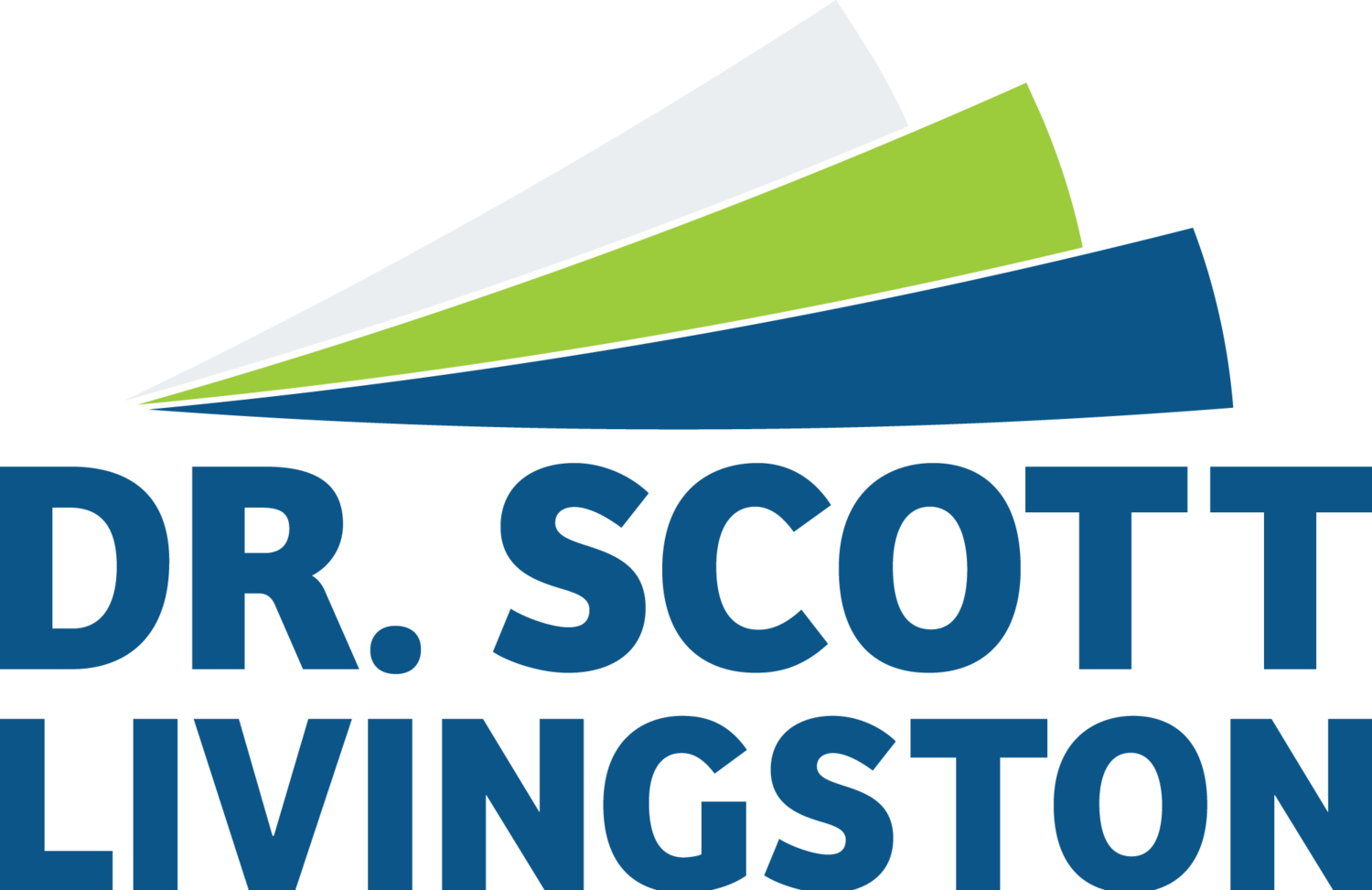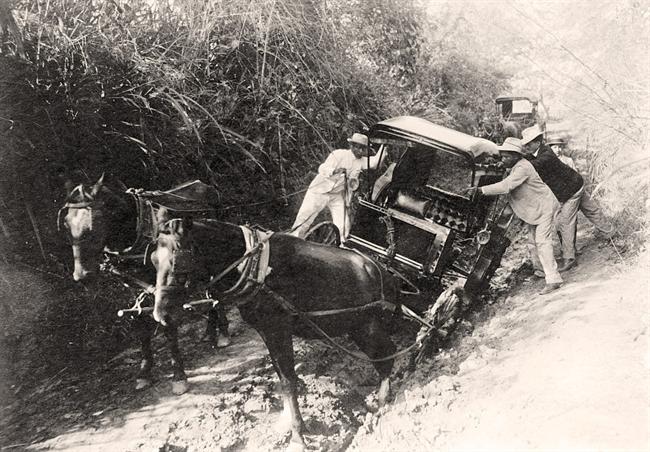You might recall from last week's post that an old friend had called me and asked for some tips about working with a new boss who was proving to be a tough relationship - 5 Ways To Work With A Difficult Boss.
The next morning, I was doing some personal development work of my own in the area of staying resilient during times of stress. In my personal journey, I have been working on this because it has been an interesting and somewhat challenging start to this year for me. The year was lined with lots of potential goals, but at this point, not a lot of work has been committed to them.
I have faced some challenges and obstacles in this business that I have not faced before. A little bit of rejection. A little bit of waiting. Quite a few promises. Not too many signed agreements. I was feeling a bit defeated and wanted to capture this and work on how I can be resilient during some of these setbacks. “Taking a bit of my own advice” is how I might position it.
One of the things I will often tell my clients during times of difficulty is to make sure they are practicing good self-care. Was I practicing good self-care during this difficult time in my business?
What comes to mind is the analogy of how during an emergency on an airplane, we are instructed to “put our own mask on before helping others.” I know it is maybe a bit cliche, but let's make sure the point is not lost.
I think it is safe to say that most of us when times get tough, the first thing that goes to the wayside is our own wellbeing. We stop practicing good self-care and we just try to do a decent job of psychologically coping with what is going on in our world.
This is the one more thing I needed to call my friend back and tell him - that during times of difficulty, like working with a difficult boss, also remember this - don’t forget to practice good self-care.
My Homework
As I will often do with my coaching clients, I gave myself some homework. I pulled out an exercise I had done in the past to evaluate my own self-care and where I might need some replenishment.
I looked at 4 areas of my life that are critical for me to be at peak performance:
Physical Life: practices that cultivate the health of the physical body
Emotional Life: practices that support the relational nutrients that we need
Intellectual Life: practices that stimulate our curiosity, thinking, and knowledge
Spiritual Life: practices that expand our soul and connect us to things outside ourselves.
I think it is really important that if you are working on something like stress tolerance, stress management, or resiliency, you look more holistically at your life.
For example, most of the time when I ask clients about their self-care they respond with, “I am not getting as much exercise as I was in the past.” Sure, exercise is an important element of physical self-care. But inside of caring for yourself in the physical domain, you need more than just exercise. As leaders, we need to focus on our diet, our sleep patterns, and ANY practice that cultivates the health of our physical bodies.
So I took an inventory of these 4 aspects of my life to see if anything was missing.
Physical:
I do OrangeTheory workouts 4x’s a week
On off days I golf or walk 3 miles
I get 8 hours of sleep
I balance my nutritional macros
Emotional:
I read or listen to one non-fiction book a month
I attend my TLP (Townsend Leadership Program) group
I attend my Coaching Cohort Group
I practice telling my wife what I need emotionally from her 3x’s a week
I play golf at least once a week
Intellectual:
I teach twice a year
I do Dissertation Chair and committee work
I read one work-related book per week
I listen to one work-related podcast per week
I read one biography per month
Spiritual:
I attend church weekly
I attend my church small group weekly
I am generous in giving to others
As I was examining some of the things I currently do, I felt really good about the physical, emotional, and intellectual things. However, on the spiritual side of my life, I am feeling a bit robotic and stale. So I am going to ask around to some trusted advisors and my coach to see if there are any insights they may have.
How About You?
All of us go through ups and downs in life. Sometimes we connect well with our boss, sometimes not so much. Sometimes we love our jobs, and sometimes not so much.
When was the last time you took an inventory like this? If you did, would you notice any voids in your life?
I had a client, who is a nurse, tell me recently that early in her career she did a lot of bedside patient care. She worked at a famous healthcare institution and had taken care of quite a few wealthy and famous people. She told me that none of them cared an ounce about how much money they had in their bank account at the end of the day. All they wanted was to talk with those they had close relationships with about how they had lived their lives.
That story, while I for sure had heard it before, just like the old airplane and oxygen mask warning, really hit home for me.
I want to make sure I have the right flow in my leadership life in all aspects, not letting just one dominate my being. I hope you will take some time for yourself and do an inventory as well to see if you have any self-care practices missing in your leadership life.























